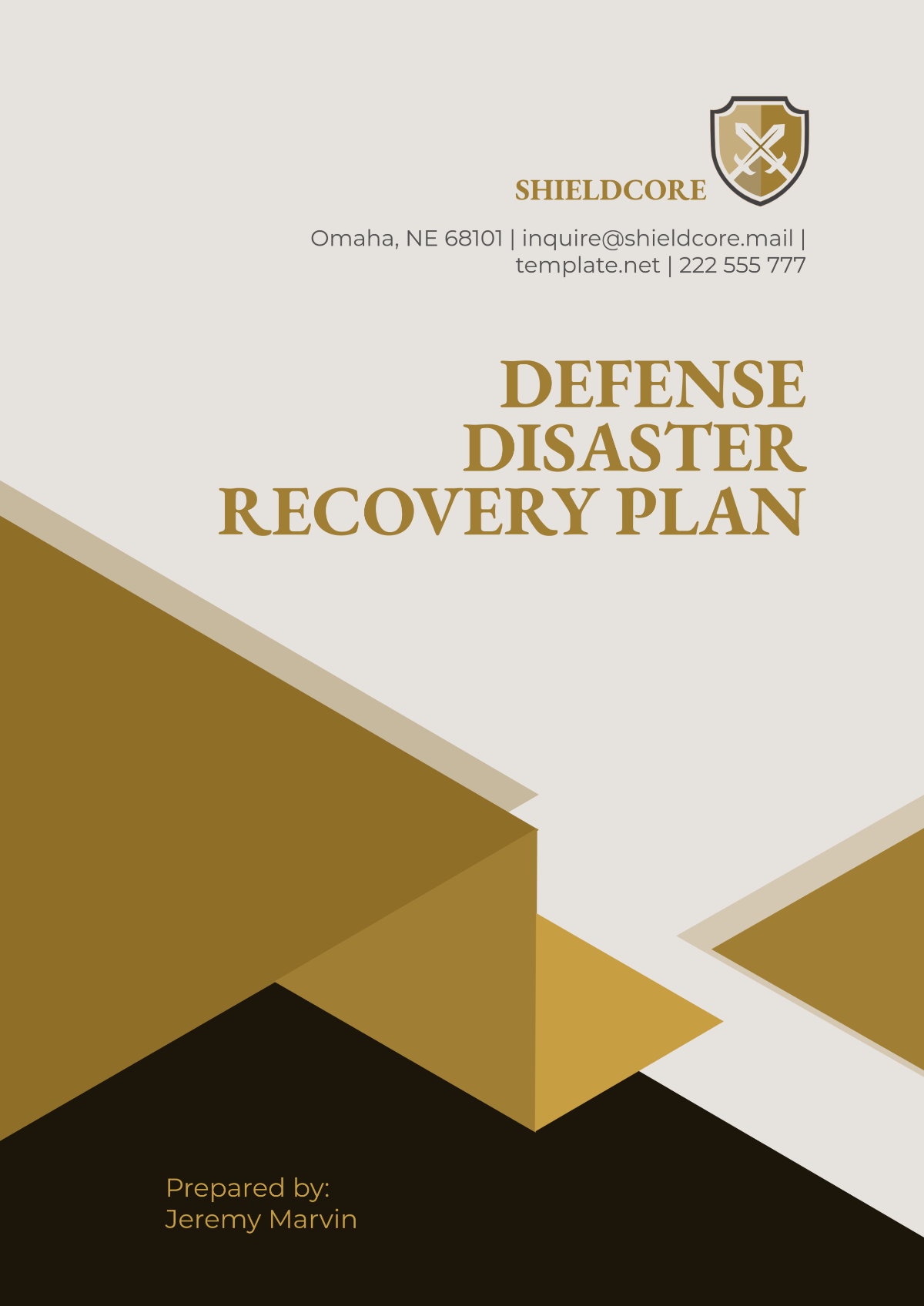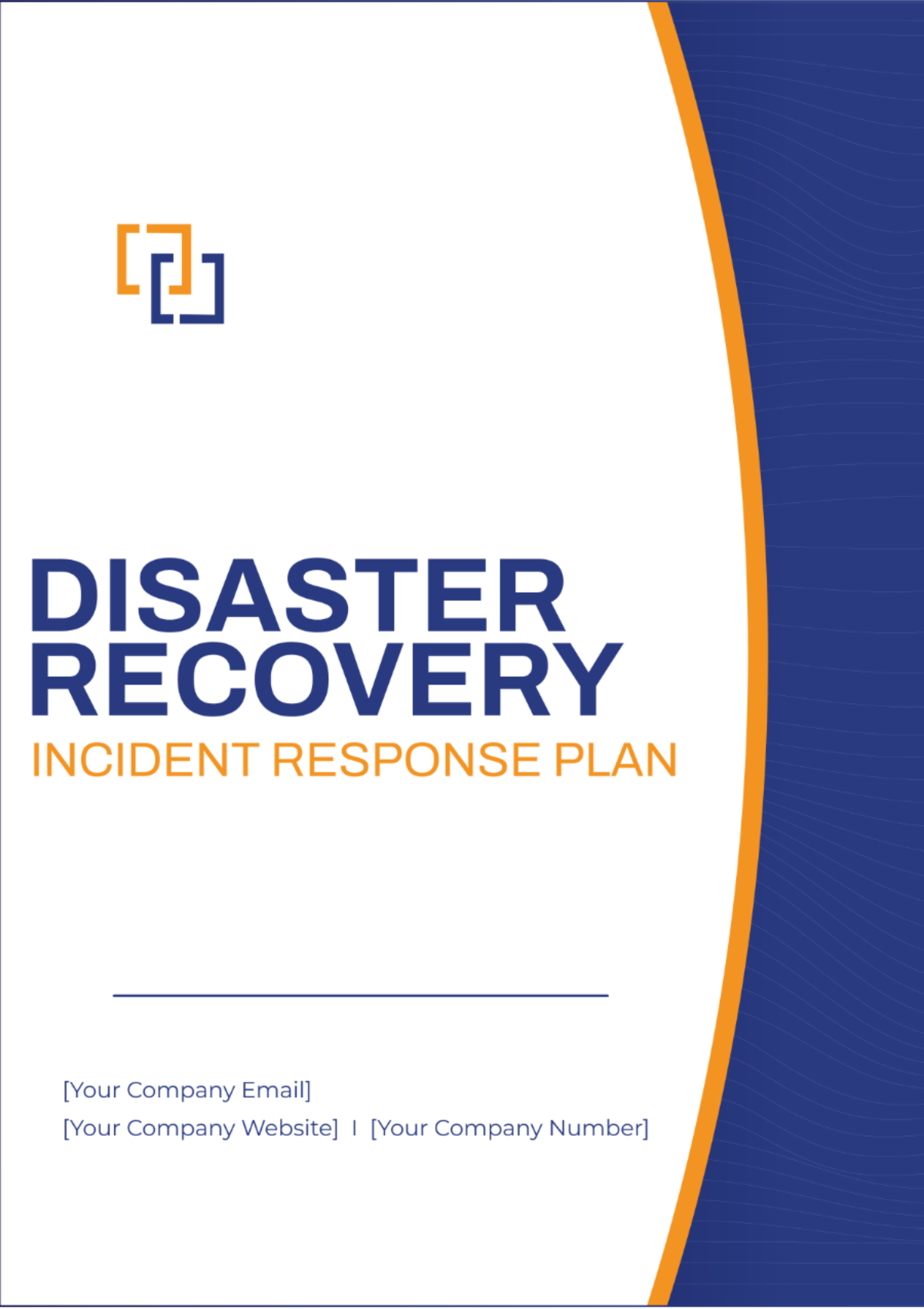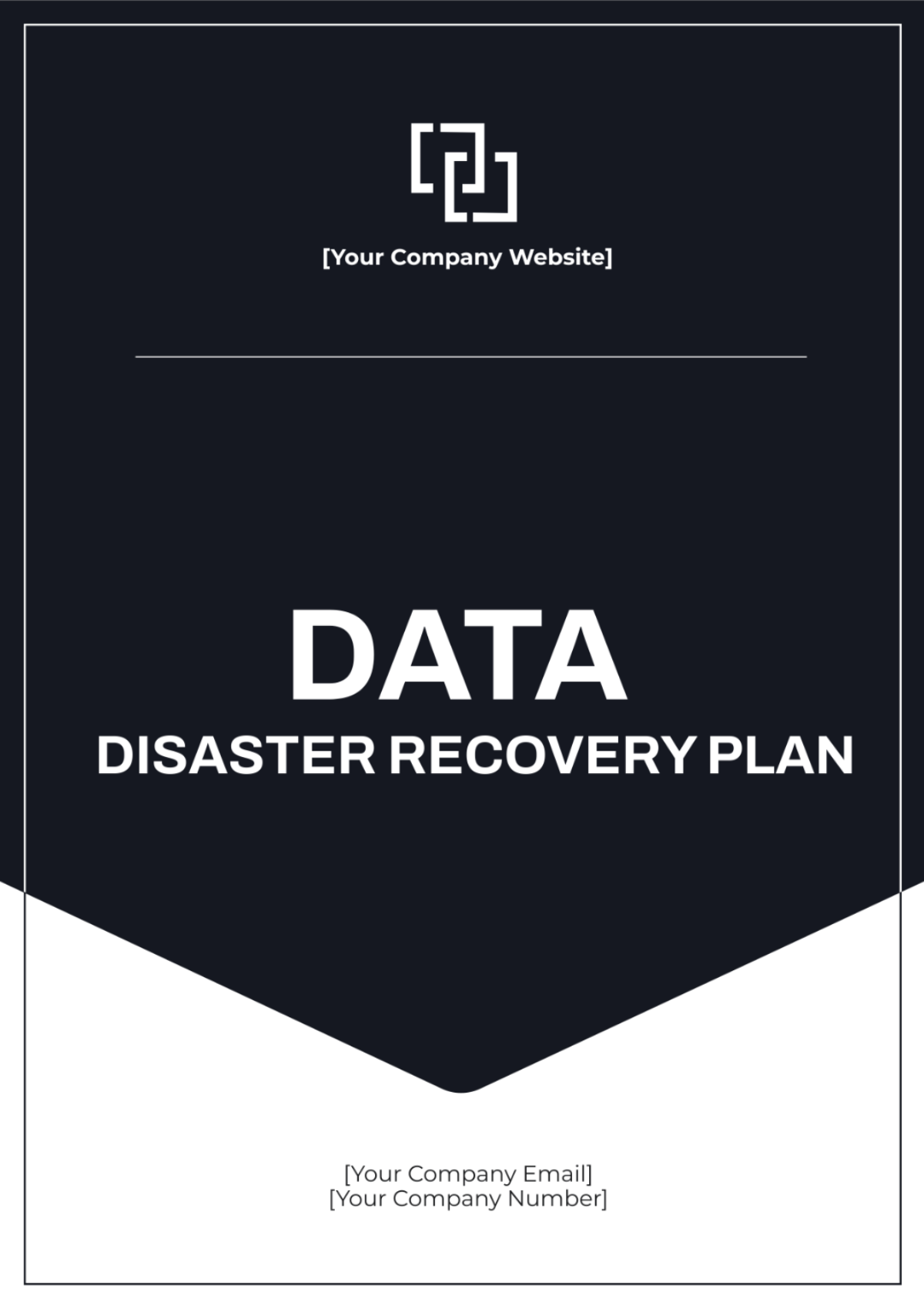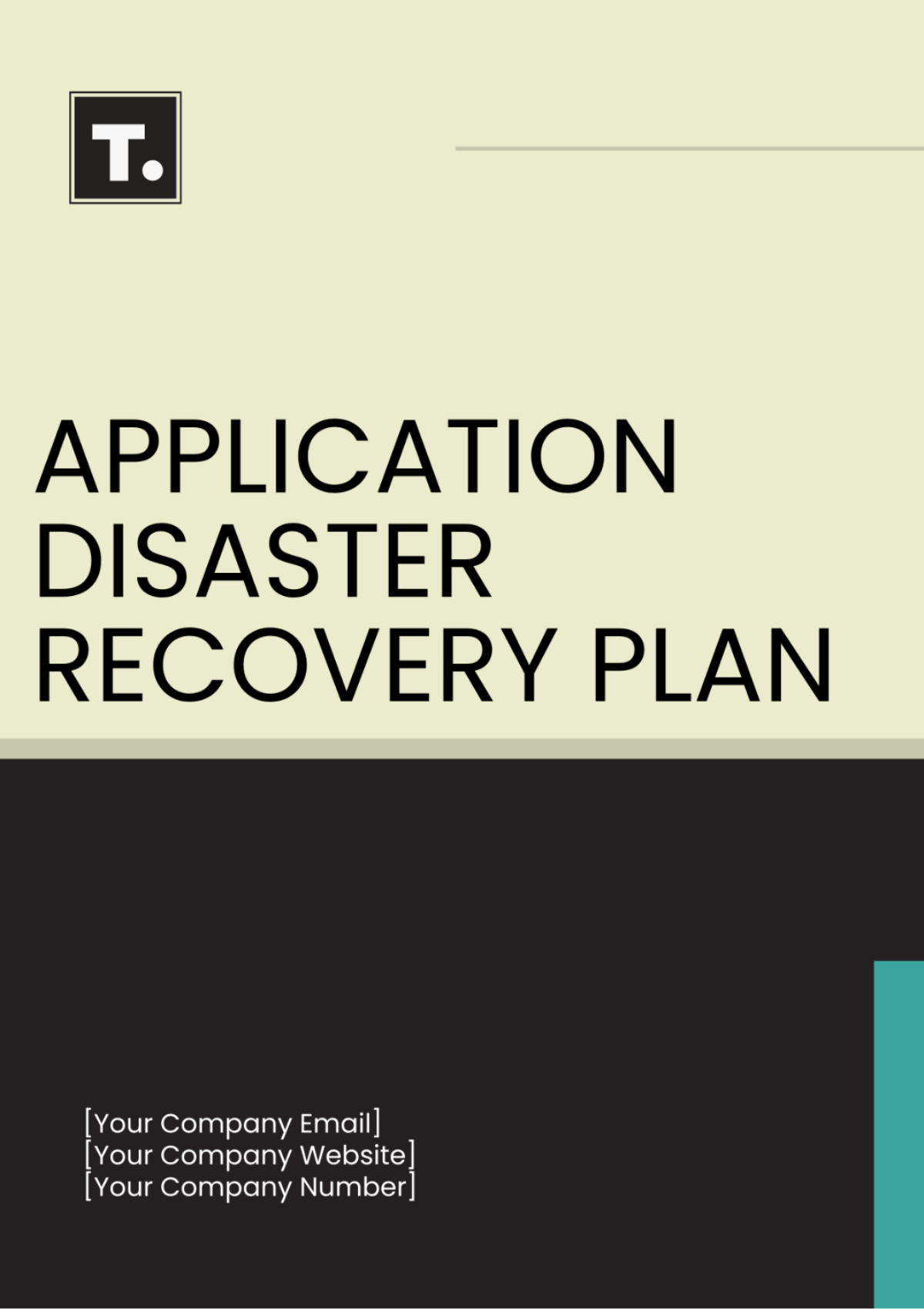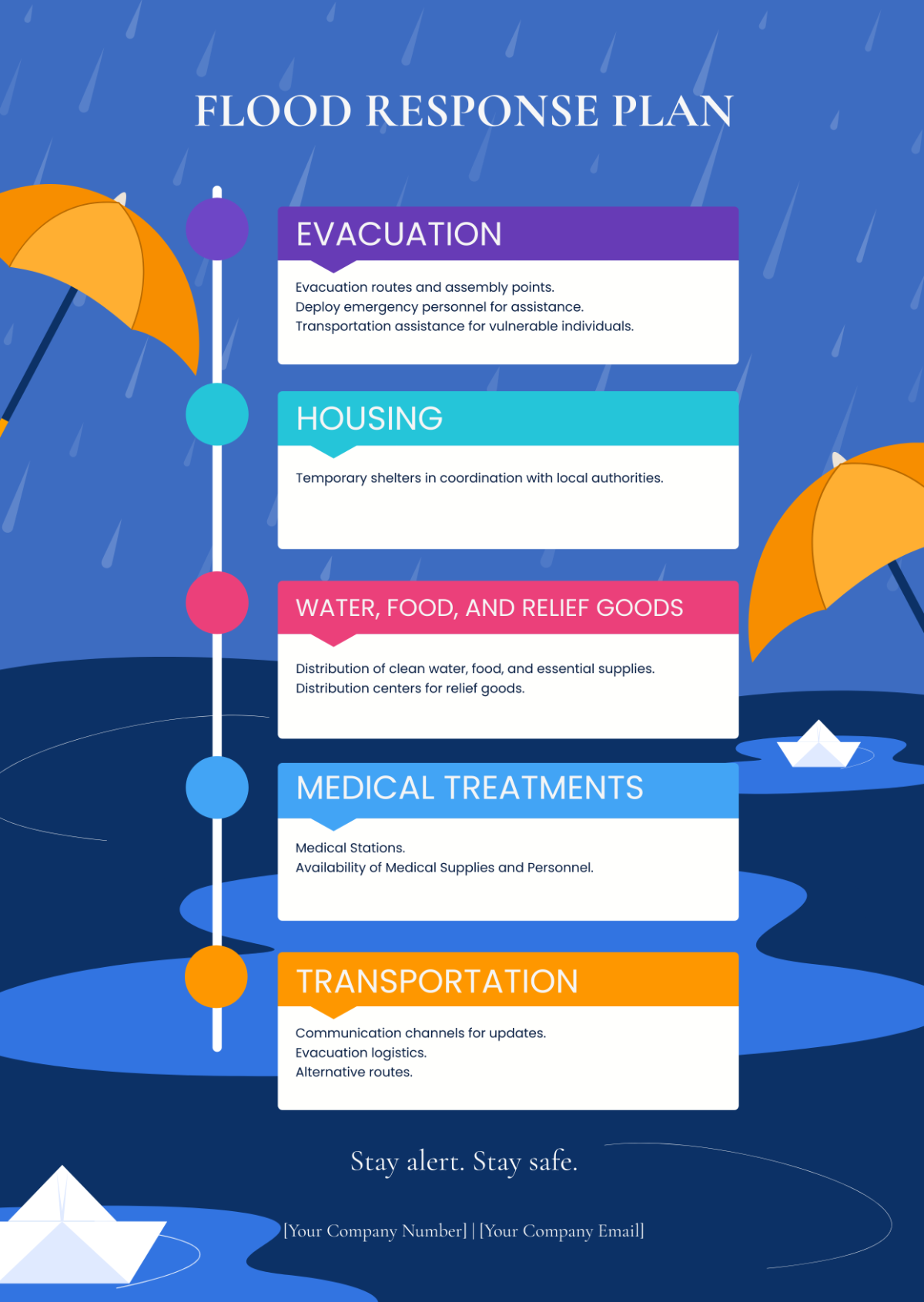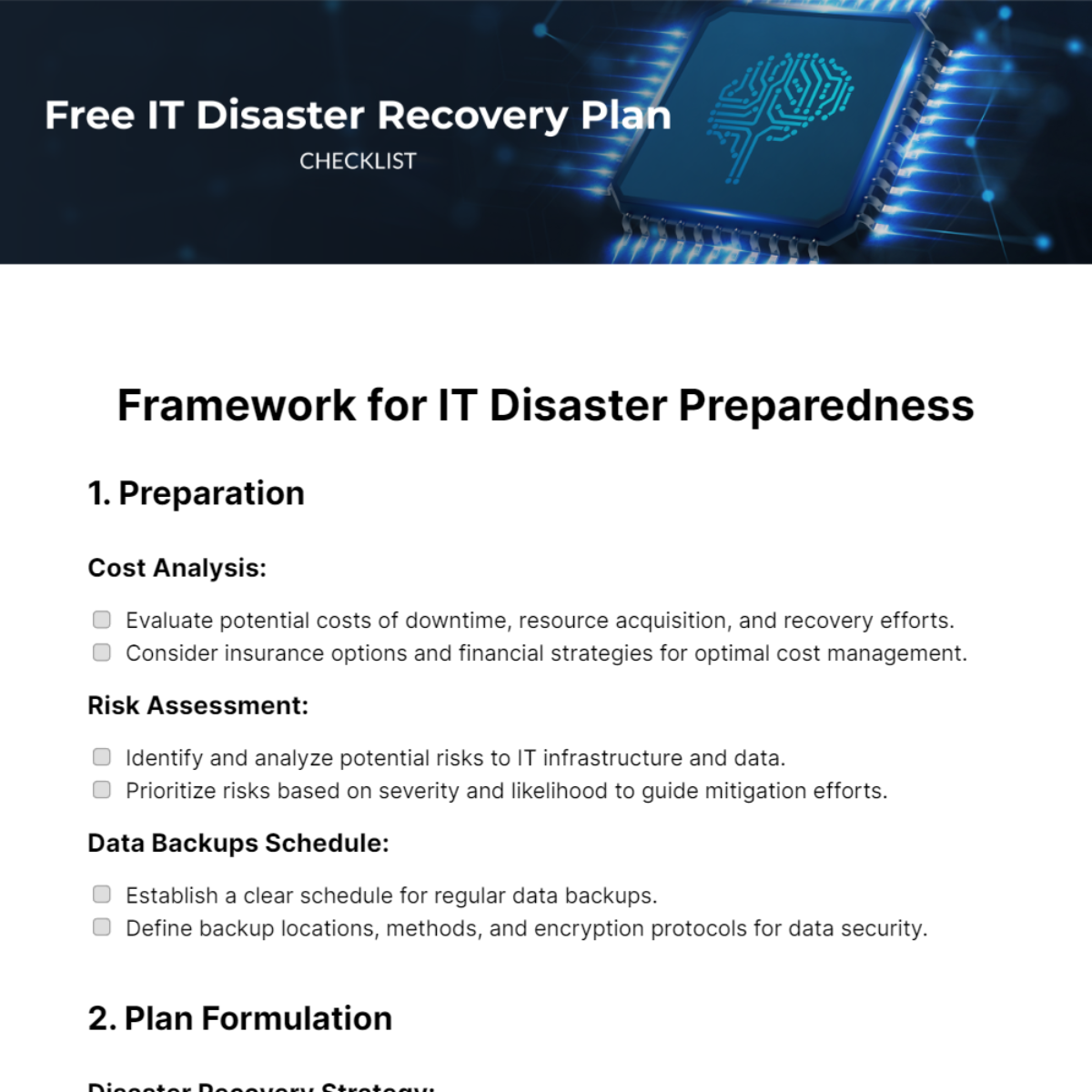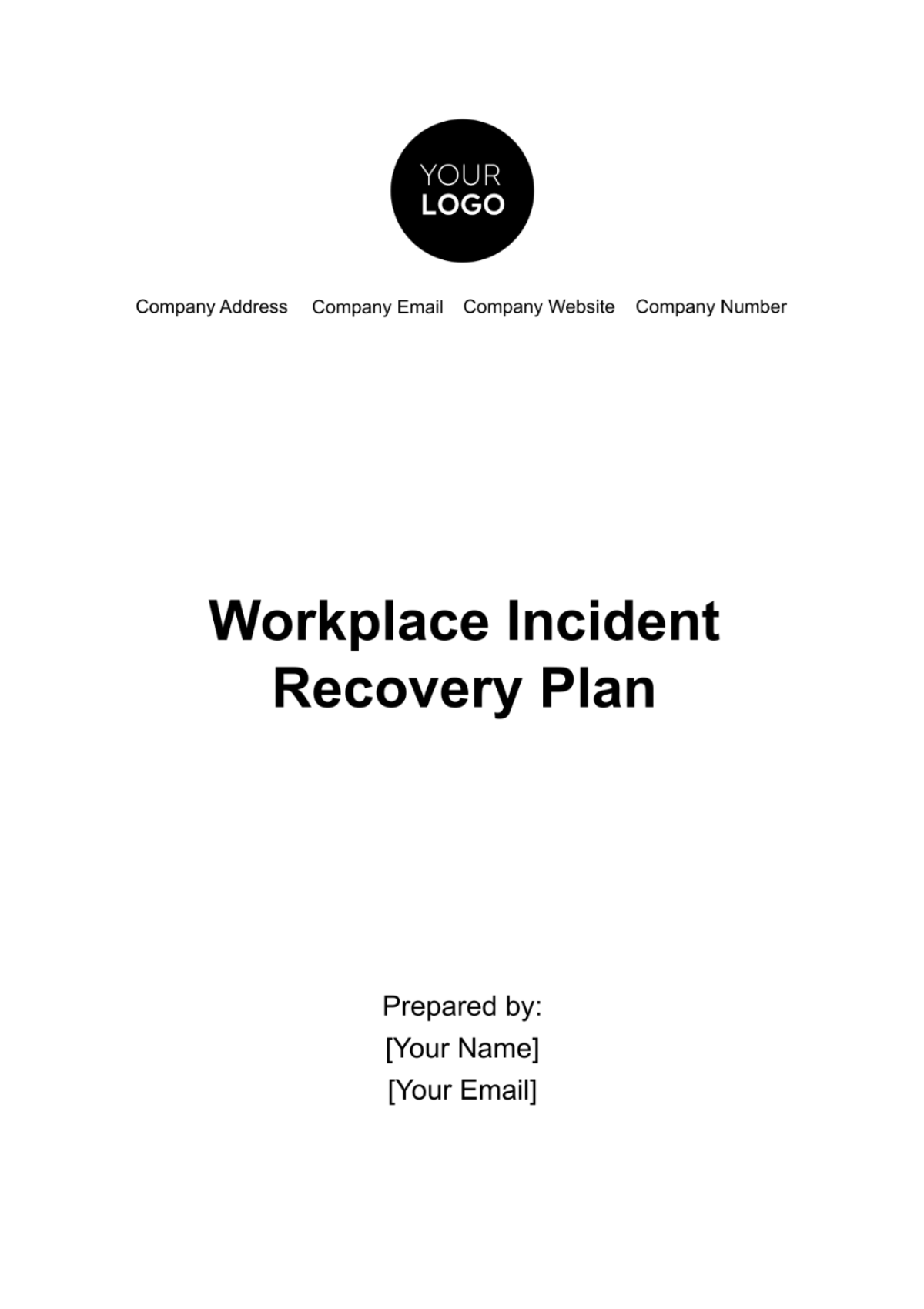Backup Disaster Recovery Plan
I. Introduction
In the event of a disaster affecting [Your Company Name]'s critical systems, it is crucial to have a comprehensive Backup Disaster Recovery Plan (BDRP) in place to ensure minimal disruption to operations and swift recovery of essential data and services. This document outlines the procedures and protocols to be followed by [Your Company Name]'s IT department and relevant stakeholders in such scenarios.
II. Scope
The scope of this Backup Disaster Recovery Plan encompasses all critical systems, applications, and data repositories vital for [Your Company Name]'s day-to-day operations. It applies to all departments and personnel responsible for maintaining, managing, and accessing these systems.
III. Roles and Responsibilities
Role | Responsibility |
|---|---|
[IT Director] | Oversees the implementation and execution of the BDRP. |
[System Administrators] | Responsible for configuring and managing backup systems. |
[Network Engineers] | Ensure connectivity and accessibility during recovery procedures. |
[Department Heads] | Provide input on critical systems and recovery priorities. |
[Operations Managers] | Coordinate business continuity efforts during recovery phases. |
IV. Backup Procedures
A. Data Identification and Prioritization
Identify critical data and systems.
Prioritize data based on importance to business operations.
B. Backup Schedule
Establish a regular backup schedule for all critical systems.
Ensure backups are conducted at least once daily.
C. Backup Methods
Utilize both onsite and offsite backup solutions for redundancy.
Implement incremental backups to minimize storage space and time.
V. Recovery Procedures
A. Disaster Recovery Team Activation
Notification: Upon detection of a disaster, the IT Director activates the Disaster Recovery Team.
Assembly: Team members gather at the designated recovery site or access remote resources as necessary.
B. System Restoration
Priority Systems: Restore critical systems first, followed by secondary and tertiary systems.
Validation: Verify data integrity and system functionality post-restoration.
VI. Testing Procedures
A. Testing Schedule
Quarterly Tests: Simulate disaster scenarios and execute recovery procedures.
Annual Audits: Conduct comprehensive reviews of backup and recovery processes.
B. Test Documentation
Results: Document outcomes, including successes, failures, and areas for improvement.
Action Items: Implement corrective actions based on test findings.
VII. Communication Plan
A. Internal Communication
Notification Channels: Utilize email, phone calls, and internal messaging platforms to alert stakeholders.
Updates: Provide regular updates on recovery progress and expected timelines.
B. External Communication
Clients: Inform clients of any service disruptions and expected resolution times.
Partners: Coordinate with external partners to minimize impacts on shared operations.
VIII. Conclusion
The Backup Disaster Recovery Plan outlined herein serves as a proactive measure to safeguard [Your Company Name]'s critical infrastructure and ensure business continuity in the face of unforeseen disasters. Regular reviews and updates will be conducted to adapt to evolving technology and operational needs.
Contact Details
Company Name: [Your Company Name]
Location: [Your Company Address]
Social Media: [Your Company Social Media]
